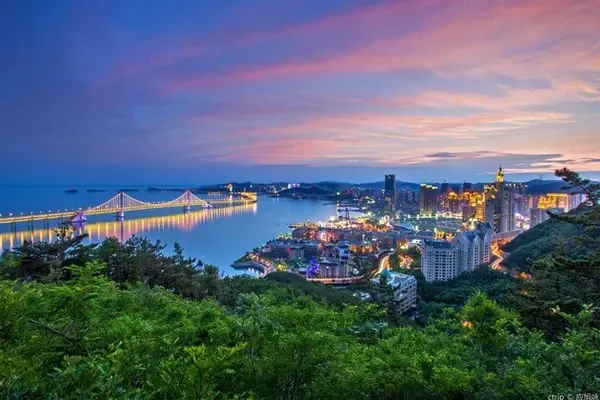Today is April 22, the 17th day of self-driving Tibet.
Today's plan is to visit the Sutra Printing House in Dege County, and then continue to Chengdu, planning to stay overnight in Daofu.
Dege Sutra Printing House is a bright cultural pearl in Tibet and a treasure of Tibetan culture. It was built in 1729, with a total construction area of more than 9,000 square meters. In 1996, it was listed as a national key cultural relic protection unit. In 2009, as a traditional skill, the block printing technique of Dege Sutra Printing Institute was included in the representative list of human intangible cultural industries by UNESCO.
The gate of the printing house.


The Sutra Printing House consists of a three-story building plus a roof platform. It is a typical Tibetan-style building, painted with red and painted beams, and resplendent in gold and jade.





Typical Tibetan architectural beams and columns.




Wooden panels with cinnabar scriptures are drying on the roof.


The masters are preparing the cinnabar ink pad in the traditional way.

By the pool on the first floor of the Sutra Printing House, the masters are cleaning the scripture carvings that have been used.


The masters are printing the scriptures with traditional techniques. There are two masters in a team, one is in charge of printing, and the other is in charge of turning the paper. According to the masters, they print 2,400 pages of scriptures every day.


The printed scriptures are piled up in the main hall, ready to be transported to Lhasa, Qinghai, Yushu and other Tibetan areas.

Neatly stacked engravings of scriptures.

Block printed mandala.

Tibetan paper for printing scriptures. Tibetan paper is a unique traditional Tibetan handicraft that has been passed down for thousands of years. It was listed in the National Intangible Cultural Heritage List in 2006. Tibetan paper is handmade with special bark, grass and other materials. made. It is characterized by long-term storage, it will not be eaten by moths, and the writing will not be blurred.


Every morning outside the Yinjing Temple, there are many believers turning around the temple, and they circle the temple to pray for blessings.


With the Yinjing Temple as the core, many temples have been built around the mountains, and each temple is dedicated to a different Buddha. This is simply a settlement of temples. We walked up the narrow alleys and climbed up the mountain to explore different temples. There are so many temples that we can’t even remember their names. Fortunately, the sun was shining brightly, the sky was blue and white clouds, so we just walked and watched and took pictures.


















Farewell to Dege County, we continue along the 317 National Highway towards Chengdu. Everyone has always praised National Highway 318 very much. Here I would strongly recommend National Highway 317. This is a very beautiful national highway. The beautiful scenery along the way is not enough to see and take pictures.









Finally in the evening, we arrived at Daofu County. This is the bridge that enters Daofu County. It is very beautiful. We rest here.

